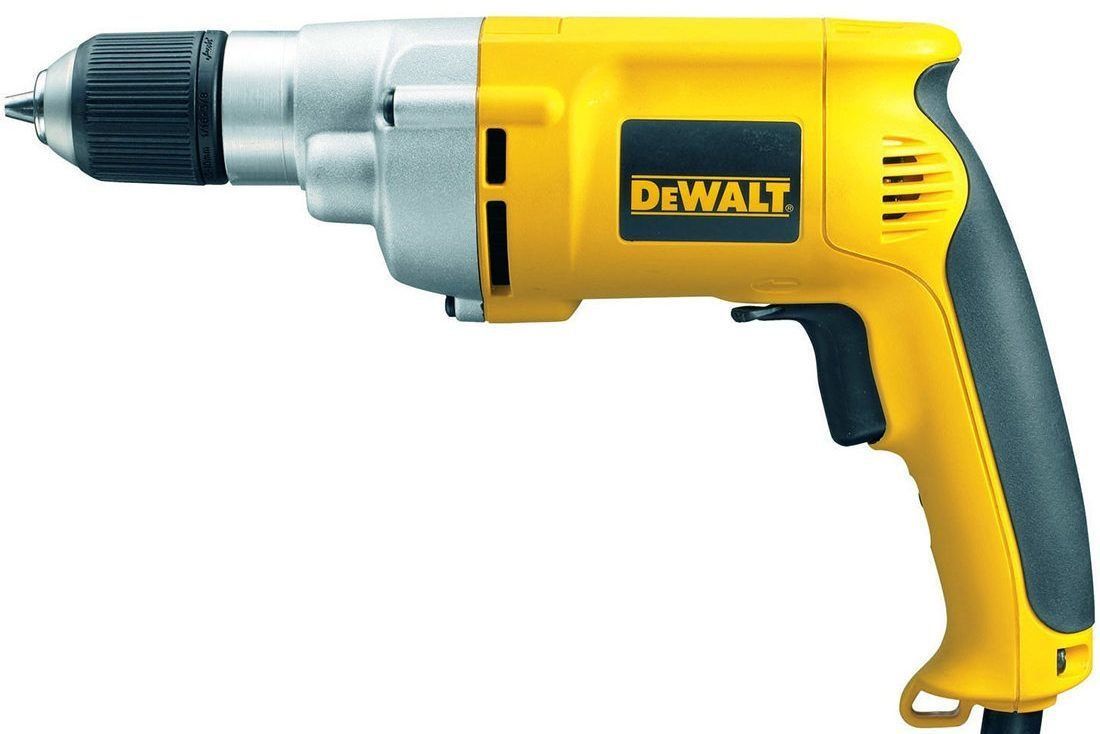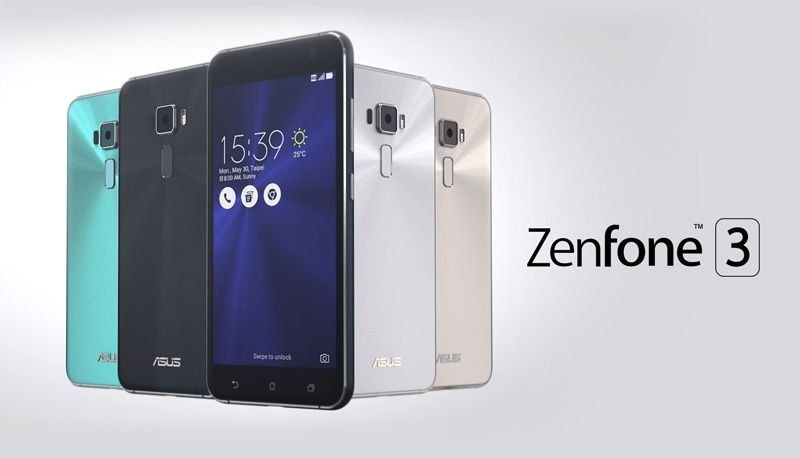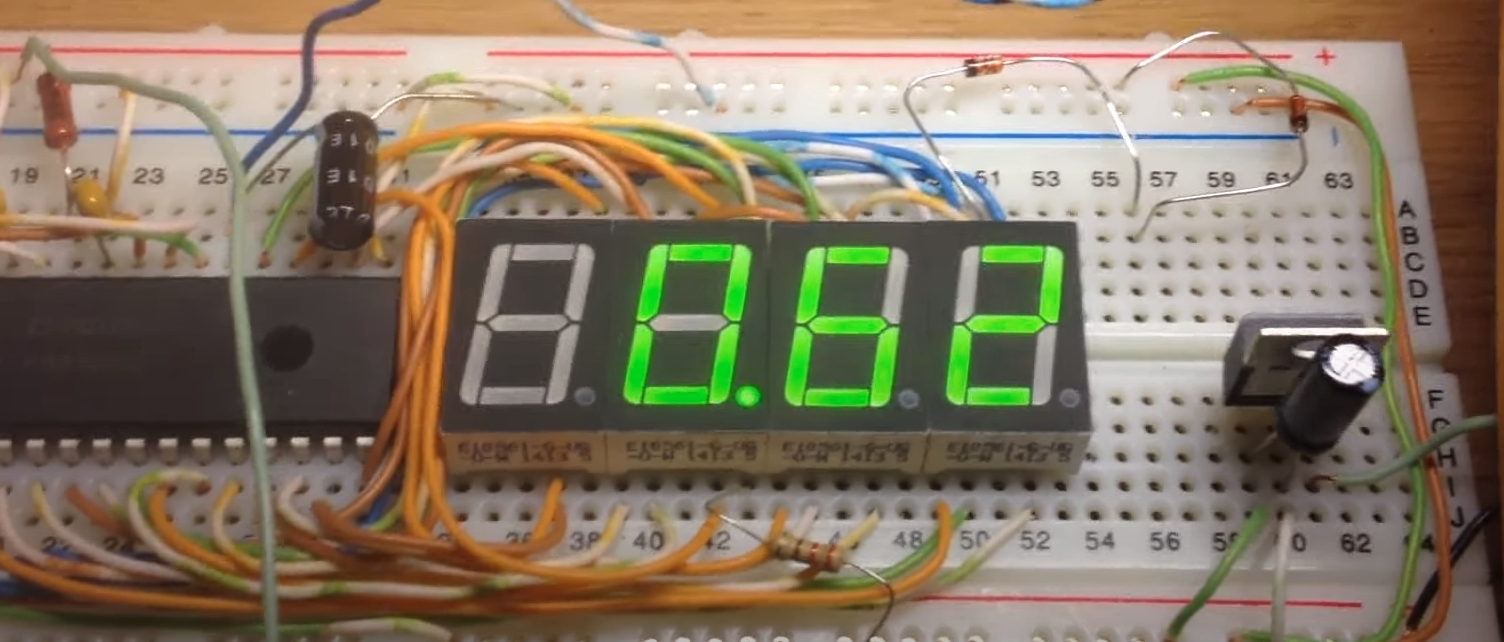Smartphones Meizu V8 and V8 Pro - advantages and disadvantages
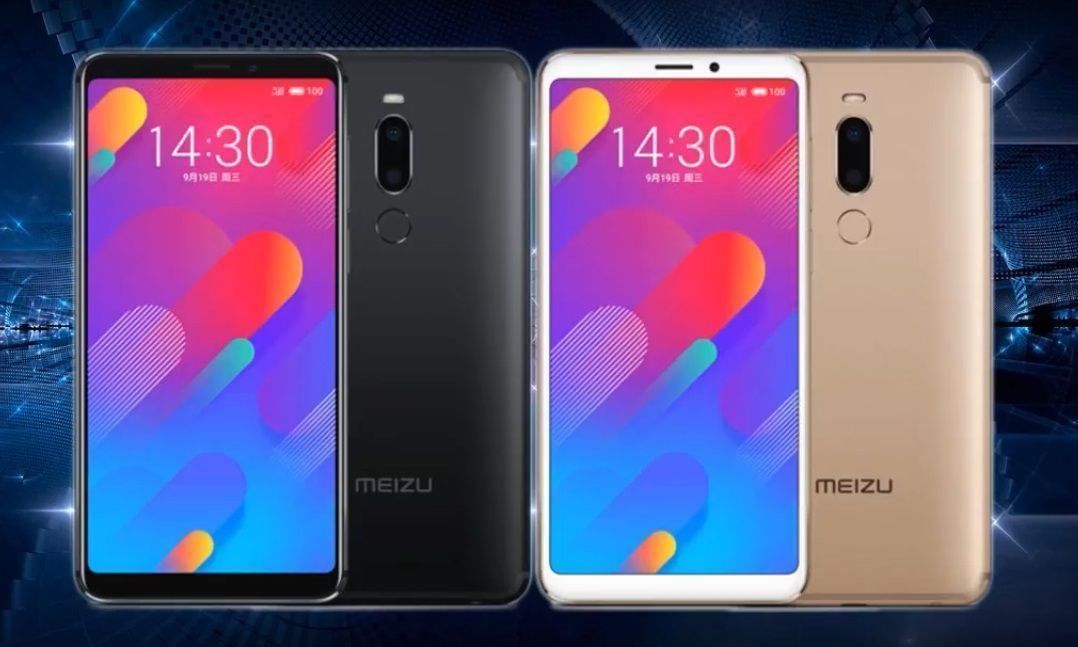
Meizu announced the release of new models of budget smartphones V8 and V8 Pro at the presentation of the 16X and X8 devices. The global version of the devices for sale around the world will be known as Meizu M8.
You can learn more about the features of these smartphones, the differences between the basic and advanced versions, as well as their cost from this article.
Content [Hide]
Main characteristics of devices
The manufacturer equipped the novelties with very ordinary hardware, but for their cost, such indicators and capabilities will be enough for users. In their segment, they will not particularly stand out, but they cannot be attributed to “bad” devices either.
The table shows the comparative characteristics of these two models:
| Characteristic | Meizu V8 | Meizu V8 Pro |
|---|---|---|
| CPU | Quad-core MediaTek MT6739 @ 1.5GHz | MediaTek Helio P22 octa-core 2GHz |
| Memory | The volume of operational - 3 GB, internal - 32 GB | RAM - 4 GB, internal - 64 GB |
| video processor | PowerVR GE8100 | PowerVR GE8320 |
| Diagonal | 5.7 inches | 5.7 inches |
| Permission | 1440x720 pixels | 1440x720 pixels |
| Screen type | IPS LCD | IPS LCD |
| Battery capacity | 3200 mAh | 3100 mAh |
| Camera | Main module - 13 Mp, front - 5 Mp | Main camera - 12 and 5 MP, front - 5 MP |
| OS | Android 8 Oreo | Android 8 Oreo |
| Connection | Bluetooth 4.2, Wi-Fi 802.11 b/g/n | Bluetooth 5, Wi-Fi 802.11 a/b/g/n |
| Dimensions | 148x73x8.4 mm | 147.5x72.7x8.1 mm |
| The weight | 145 grams | 159 grams |
The junior smartphone is available for purchase in black and white, while the Pro version can be purchased in black or gold.
Appearance Meizu V8
Frame
The novelty is produced in a "cheaper" design with a plastic back panel. The side frames of the device are thin, and the top and bottom are slightly thickened. At the same time, they all look organic. The screen on the front panel occupies 78.2% of the area. There are no buttons (both physical and touch) at the bottom of the device. The speaker for calls and the front camera are standardly located on the top frame in the middle.
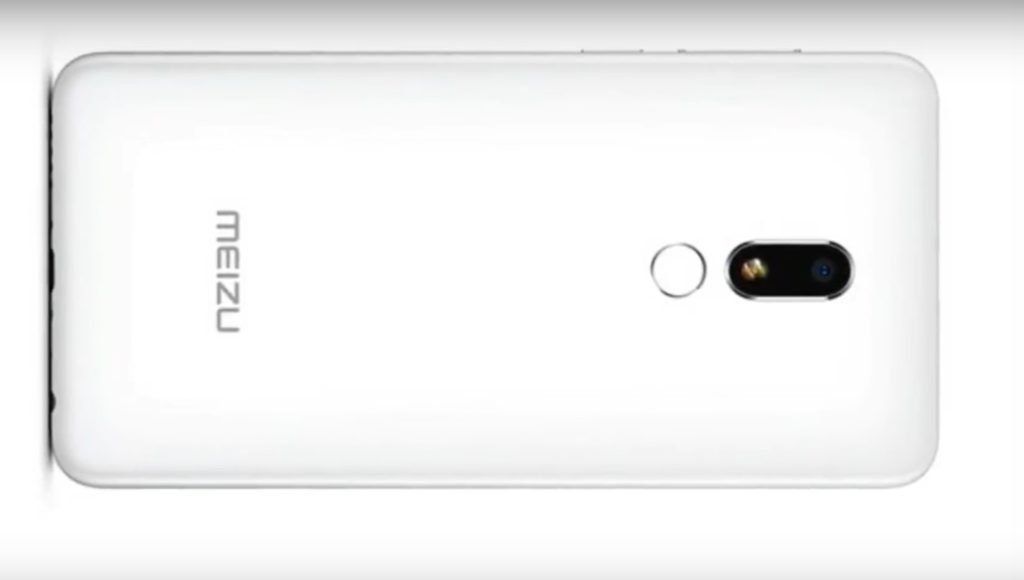
The volume rocker and the unlock button are also in their usual places - on the right side.The budget employee is equipped with a fingerprint scanner, which is placed by the manufacturer on the back of the device, just below the single camera module. The latter is located vertically in the upper part of the body in the center. On the bottom edge fit a microUSB port, a speaker and a 3.5 mm headphone jack.
Display
The device received a simple screen with an IPS matrix. The display was made at 5.7 inches with a "fashionable" aspect ratio - 18 to 9. Its resolution is 1440 by 720 pixels, so their density is 282 ppi. Nothing supernatural should be expected from such indicators. The picture quality will be far from ideal and only undemanding users will like it.
Appearance Meizu V8 Pro
Frame
The advanced version of the V8 has a more solid design. The device is placed in a metal case, and its dimensions compared to the basic version are smaller by a few tenths of a millimeter. But, despite this, the device is 14 grams heavier due to heavier materials.
In terms of other external characteristics, the model does not differ from its younger brother, with the exception of the rear panel, on which the manufacturer placed a dual module instead of a single camera. It is located the same as in the base model, and its flash is moved higher above the optics. Meizu V8 Pro is no exception and also received a fingerprint scanner on the back.
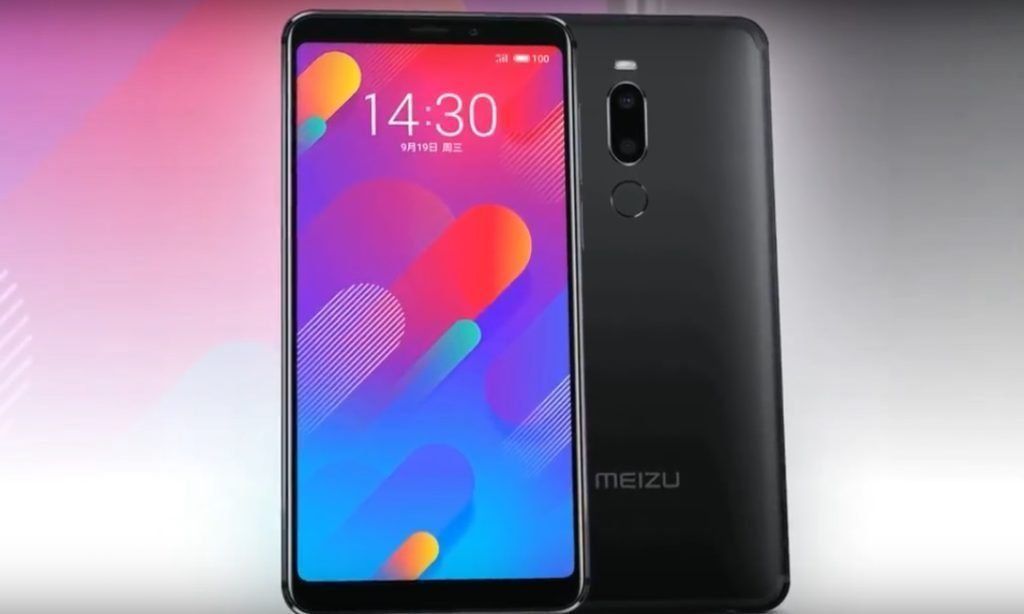
Display
The screen of the Pro model is still the same IPS with a diagonal of 5.7 inches. The resolution and aspect ratio are similar - 1440x720 with 18:9. All dimensions and footprint taken from the basic version. The picture on the screen looks clear, but on closer inspection you can see individual pixels. Viewing angles are good, and the maximum brightness of the display is 450 nits.Both in sunny weather and in poor evening lighting, using the device is comfortable. For more detailed settings, the manufacturer made it possible to adjust the color gamut and several other indicators.
Camera Options
Rear camera Meizu V8
This device was equipped with a single 13 megapixel camera module. Its aperture is f/2.2. Such optics is not the brightest in the budget segment of devices. In addition, the gadget does not have optical stabilization, and accurate autofocus data is completely absent. The flash is located at the bottom, just below the module. It is possible to enable the option to improve portraits. This feature works in smart mode. In daylight, the pictures are good, but in the evening there are noticeable noises.
Front camera Meizu V8
This module also does not stand out in any way. Its resolution is 5 megapixels, and the aperture is f/1.9. Everything is simple, without frills, so you should not expect high-quality selfie shots. To make video calls, such indicators will be quite enough. There is no flash for the front camera.
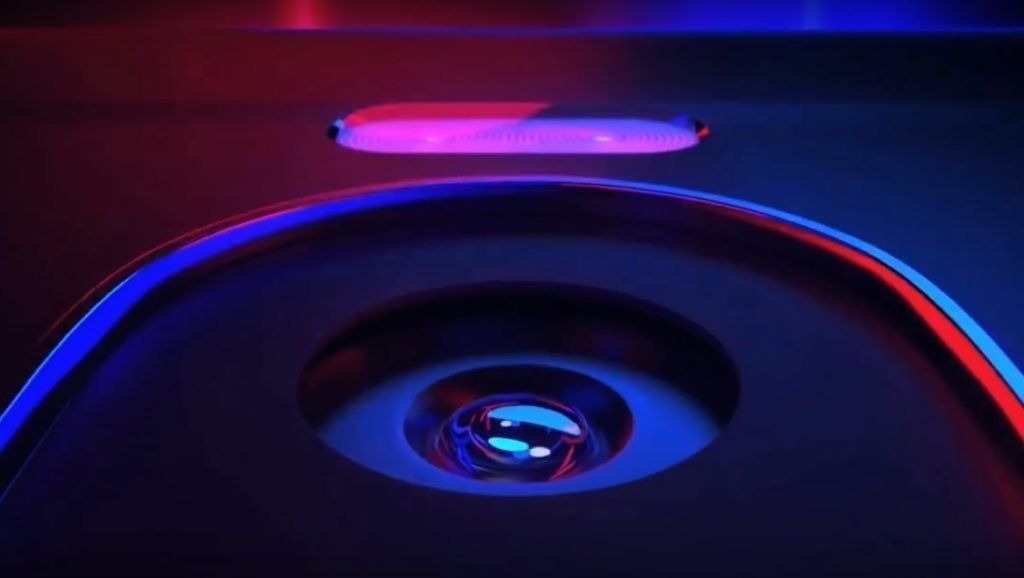
Rear camera Meizu V8 Pro
Another distinctive feature of the device was the presence of a dual module of the main camera. The resolution of one sensor is 12 megapixels, and the additional one is 5 megapixels. The aperture characteristic of the smartphone is f / 2.2. Among budget devices, you can meet such a camera quite rarely, while it remains the privilege of flagships. Therefore, in this parameter, the device stands out strongly.
But there are also some downsides. It has phase autofocus, so it won't be very accurate in some scenes. But optical stabilization is completely absent.Useful features include an intelligent portrait enhancement mode and the ability to recognize faces in the frame.
The resolution of pictures on the camera is 4000 by 3000 pixels, and video files - 3840 by 2160. The maximum number of frames per second is 30.
Front Meizu V8 Pro
Everything here remains the same as the first gadget - a shooting resolution of 5 megapixels, an aperture of f / 1.9 and the absence of a front flash.
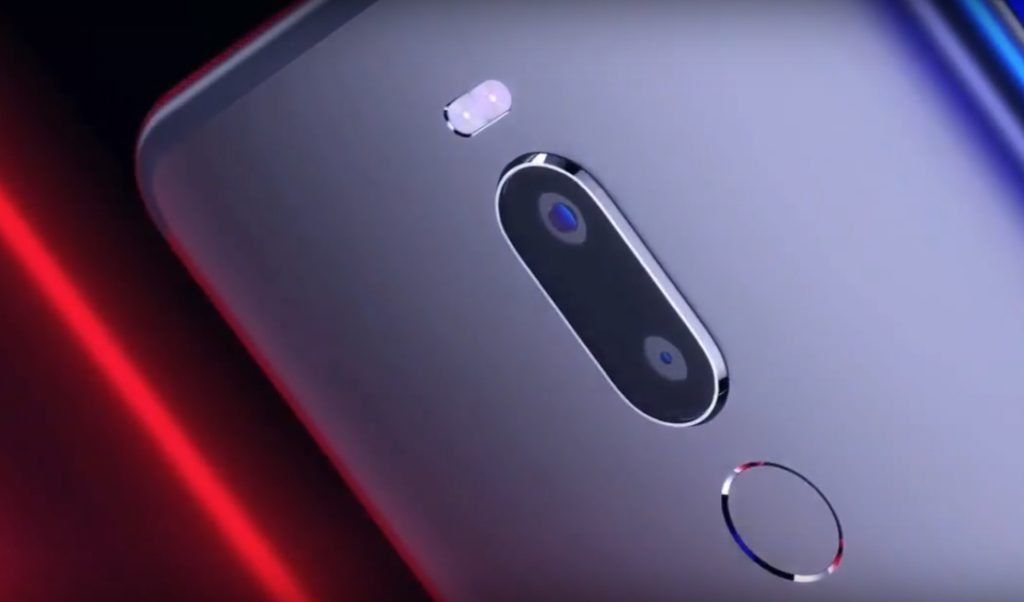
Performance of Meizu V8 and V8 Pro
In this parameter, the devices are very different. The “lightweight” model received a weaker hardware package. The processor here is MediaTek MT6739, which has 4 cores. The chip was developed according to the 28 nm process technology, which is already considered obsolete in the mobile device market. The cores of the Cortex-A53 device have a maximum clock speed of 1.5 GHz. All these characteristics are quite weak, so you should not expect good performance from games and demanding applications. However, with minimal settings, everything works decently.
In the advanced version of the phone, things are somewhat better. The device is equipped with an 8-core MediaTek Helio P22 processor, which has established itself as a good solution for devices in the budget price segment. Its clock frequency is 2 GHz. It is produced according to the standards of 12 nm. This technical process allows you to reduce charge consumption, which is a significant plus for devices with low battery power.
Each device is presented in a single configuration. The Meizu V8 has 3 GB of RAM and 32 GB of internal memory, while the V8 Pro has 4 GB of RAM and 64 GB of internal memory.
Autonomy of gadgets
Also new items have differences in battery capacity. Meizu V8 received a 3200 mAh battery, and its brother - 3100 mAh. Both Li-Ion batteries are non-removable.However, do not think that the first device should withstand the charge longer. Its autonomy will not be higher, since most of the energy is spent by the chipset, while the Pro version, on the contrary, saves it. Therefore, there is no strong difference in the duration of work here. According to the manufacturer, with a full load of devices, they are able to work on 1 charge for 6 hours.
Interface
Among other features of the gadgets, it should be mentioned that they are running a new version of Android with a proprietary Flyme UI shell. The interface is clear, you quickly get used to it. The desktop of this shell is single, while it also plays the role of an application menu. Devices can be flexibly personalized, for example, select the desired icons in the notification shade, change their location. In general, the proprietary shell is well filled with useful features (guest, game, children's modes, and much more) and already out of the box has everything you need (its own music player, video player, smartphone search mode, etc.).
The manufacturer even thought of a built-in utility for optimizing memory and cleaning the device from garbage. Also, if you wish, you can choose one of the many desktop themes to make the device more individual.
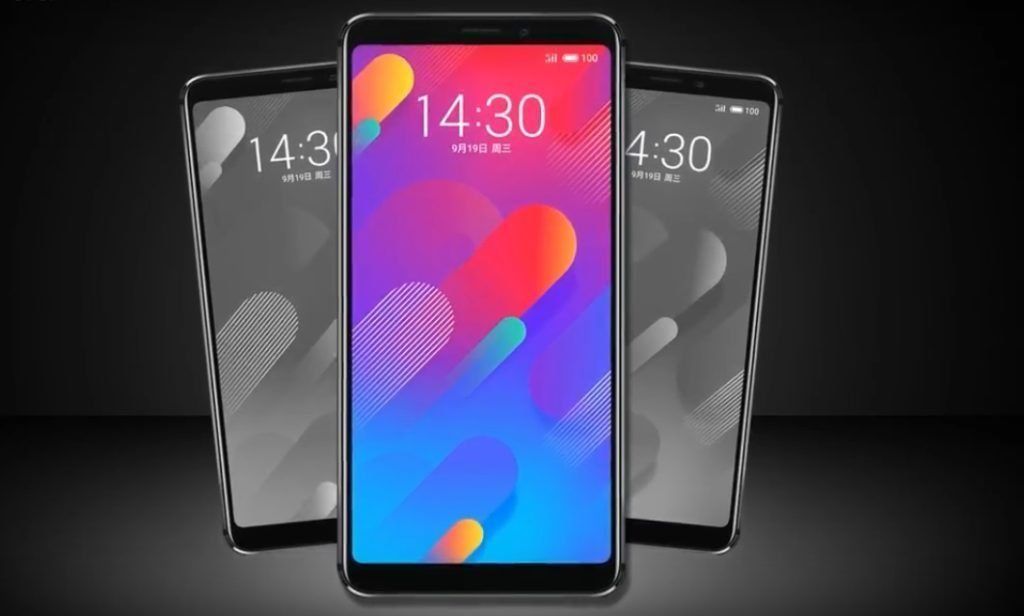
New versions of the shell have already received a smart OneMind system that monitors user behavior and speeds up the opening and operation of frequently used applications. The firmware also expands the capabilities of the fingerprint scanner - it became possible to use it as an access key to various phone functions.
Multitasking in the latest version of the shell looks like this: all open applications are placed in a carousel that can be scrolled from left to right, and data on memory consumption for each running program is also displayed. A very handy feature for small RAM parameters.
Additional options
The Pro version has a modern Bluetooth 5.0 and dual-band Wi-Fi support module. The basic version is equipped with Bluetooth 4.2 and Wi-Fi with 2.4 GHz. The fingerprint sensor supports Alipay and WeChat payments. The scanner works smartly, without complaints.
Communication frequencies recognized by these two models: 2G (GSM): 850 / 900 / 1800 / 1900 MHz 3G (WCDMA): 800 / 850 / 1900 MHz 4G (FDD-LTE): B1(2100) / B3(1800) /B7(2600). For navigation there is support for GPS, A-GPS, GLONAS. In Russia, they are compatible with such telecom operators as MTS, Beeline, Megafon, Tele2, Yota.
The devices have the following sensors:
- approximations;
- illumination;
- gyroscope;
- accelerometer;
- compass.
Both versions have FM radio support. These models do not have an NFC module, which is not surprising, since such a feature is rarely found among state employees. The internal memory of these phones can be expanded using microSD cards, which have a hybrid slot. If desired, it can be used to use the dual sim system, which allows you to work alternately with two SIM cards. The total amount of expandable memory for both devices is the same: it is 128 GB.
Equipment
The Meizu V8 and V8 Pro smartphones, the advantages and disadvantages of which are described below, are supplied with a charger, a microUSB cable, a SIM card slot ejector, a warranty card and a user manual.
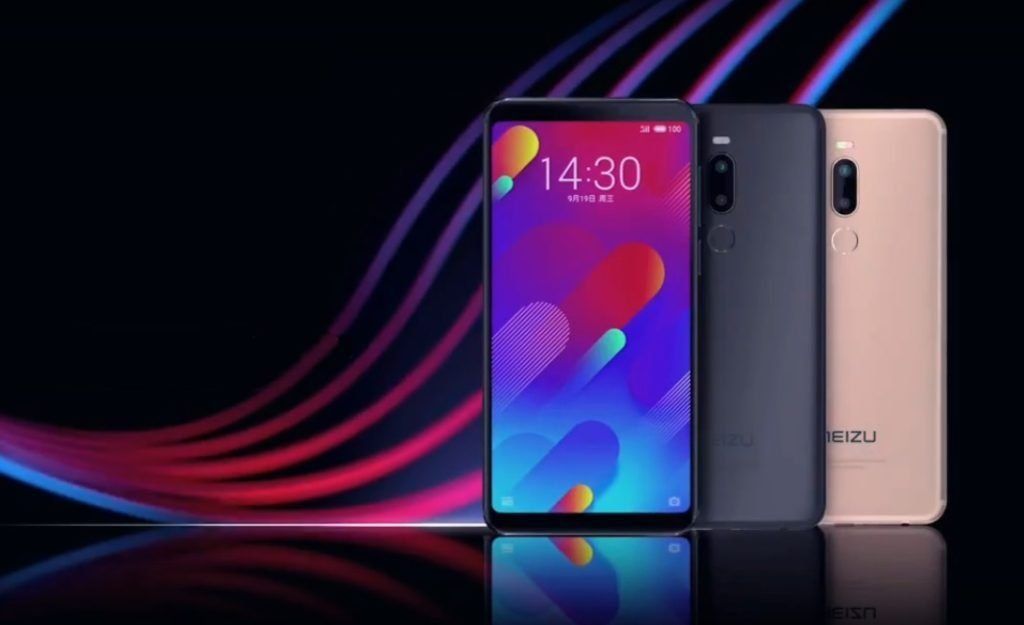
Price
In China, sales began on September 26, 2018, so far no information has been received on the release date of the devices on the world market. At launch, the average price for the Meizu V8 is $115, while the Pro version will cost $160.
Some sources claim that Meizu V8 Pro will be released in two additional colors - purple and blue. However, it is not specified whether these models will be available to all buyers, or if it will be exclusive to the Chinese market.
Outcome
Devices from Meizu in 2019 have quite competitive opportunities for work and entertainment among mobile devices in this price segment. As a result, it is worth highlighting the following pros and cons of these smartphones.
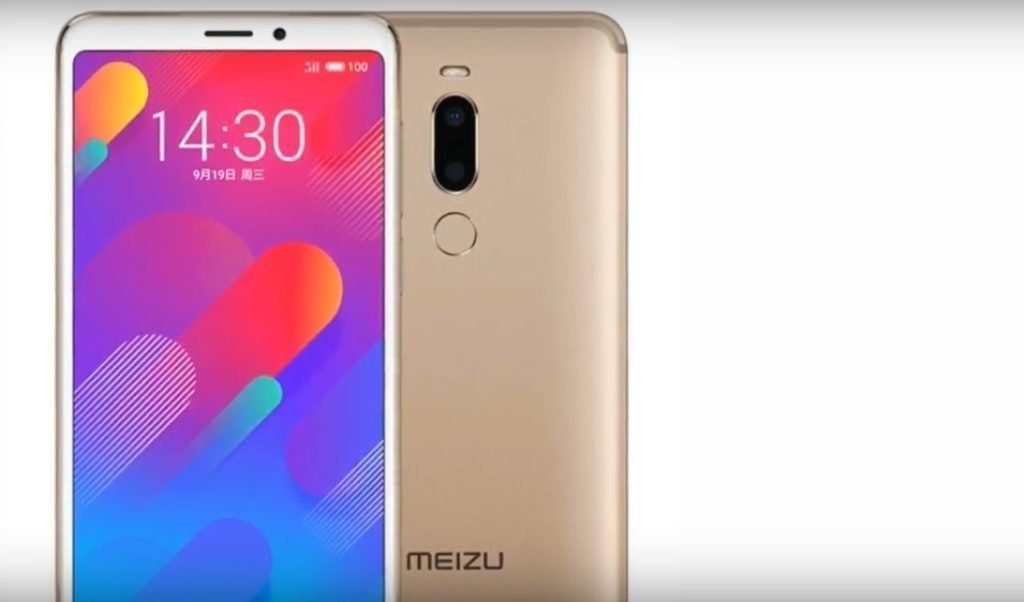
- frameless design of both versions;
- a choice of two options for the body material;
- fast fingerprint scanner;
- low price;
- good quality cameras for budget devices;
- two camera modules for the advanced version.
- low performance;
- outdated MicroUSB connector;
- not the best screen quality.
You can turn a blind eye to all the disadvantages of the devices, since for their price the devices have good characteristics. For this money, the user becomes the owner of a device with a modern "stretched" screen and support for most of the functions used.
new entries
Categories
Useful
Popular Articles
-

Top ranking of the best and cheapest scooters up to 50cc in 2025
Views: 131651 -

Rating of the best soundproofing materials for an apartment in 2025
Views: 127691 -

Rating of cheap analogues of expensive medicines for flu and colds for 2025
Views: 124519 -

The best men's sneakers in 2025
Views: 124033 -

The Best Complex Vitamins in 2025
Views: 121940 -

Top ranking of the best smartwatches 2025 - price-quality ratio
Views: 114980 -

The best paint for gray hair - top rating 2025
Views: 113395 -

Ranking of the best wood paints for interior work in 2025
Views: 110319 -

Rating of the best spinning reels in 2025
Views: 105329 -

Ranking of the best sex dolls for men for 2025
Views: 104366 -

Ranking of the best action cameras from China in 2025
Views: 102216 -

The most effective calcium preparations for adults and children in 2025
Views: 102011
